In March I visited Brazil--just in the nick of time, as the Covid virus was hot on my trail. I first visited Brazil in 1977, taking a bus from Montevideo, Uruguay to Rio de Janeiro. In 1988 I spent two weeks on an Earthwatch expedition assisting botanists doing research in the Amazon Basin. And in 2009 I took a boat on the Amazon River from lquitos, Peru as far as Leticia, Brazil. On my March trip I visited the cities of Manaus (on the Amazon River), Brasilia, and Rio de Janeiro.
Brazil is the fifth largest country in the world, and it is 87% the size of the United States. Its population is 210 million. As it was a colony of Portugal, today its inhabitants speak Portugues. It is fairly close to Spanish, but only a few people could understand me when I spoke Spanish to them. And few people speak English.
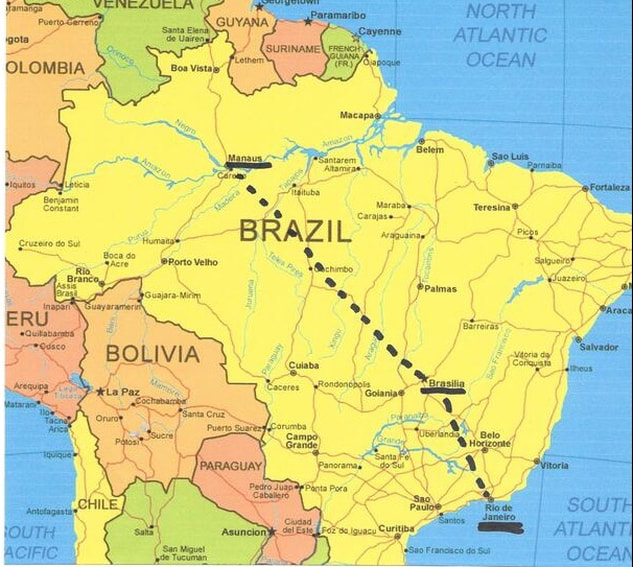
The Amazon Basin
I have been in the Amazon Basin (and on the Amazon River itself) three times. Every time I was amazed. The basin covers over 35% of South America, nearly three million square miles. The river itself is 4086 miles long, and it is from two to six miles wide at its mouth in the dry season and about 30 miles wide in the wet season. Certainly much bigger than the Manitowoc River! I have boated on it in three countries, Peru, Colombia, and Brazil. Always fantastic experiences--especially when I was marooned for 23 hours when my boat broke down in Peru 200 miles from a town of any size.
The city of Manaus, at 2.2 million residents, is the largest city on the Amazon River. Its heyday was in the 1880s, when it was the center of the rubber boom. Its enormous wealth was reflected in the many beautiful buildings constructed at the time. Many are still standing, the most famous being the Amazonas Teatro (Amazon Theater). It is still rated as one of the most beautiful opera houses in the world. I attended two shows there.
Brasilia
Brasilia is the capital of Brazil, and it is only 60 years old. I remember being intrigued by it in high school, as the architecture was so modern, so avantgarde. I told myself then that I just HAD to go there.....someday. Well, that someday was in March. And a good day (three, actually) it was.
The impetus for it was largely from former President Juscelino Kubischek. It was orchestrated by architect Oscar Niemeyer, urban planner Lucio Cost, and landscape architect Burle Marx. The first building, the presidential palace, was finished in 1958, but the city officially dates from 1960. Its layout is said to appear as an airplane, with both sides of both axes being symmetrical.
Rio de Janeiro
Since I first visited Rio in 1977, it has been my favorite city in the world. Why? Mainly its setting: fronted by the Atlantic Ocean, with pretty offshore islands; backed up by extremely steep and thickly forested mountains starting only a mile inland; two of the most famous places in the world, Sugarloaf Mountain and Christ the Redeemer statue (one of the Seven Modern Wonders of the World); and topped off by some of the most beautiful and iconic beaches in the world, Ipanema and Copacabana.
In 1502 Portuguese explorer Goncalo Coelho was the first European to land in Rio. He mistook its huge bay to be the mouth of a river, the Janeiro, so he misnamed it. The name stuck, and the 13 million "cariocas" (residents of Rio) are not interested in changing it.
In 1977 I learned a bit of "body Portuguese." A woman approached me on the street, speaking Portuguese. After twice saying "No comprendo Portugues," she opened her legs and rubbed my right leg (it's so easy to remember which leg, even after 43 years). I finally understood her--and walked on.
Epilogue
After 43 years, Rio still fascinates me. Other cities I've visited have fabulous physical settings, such as Sydney, Australia, Dubrovnik, Croatia, Zermatt, Switzerland, and San Francisco. But none, for me at least, beat Rio. Consider visiting it to add some thrill to your life. Don't end up on your deathbed wishing you did. You still have time.

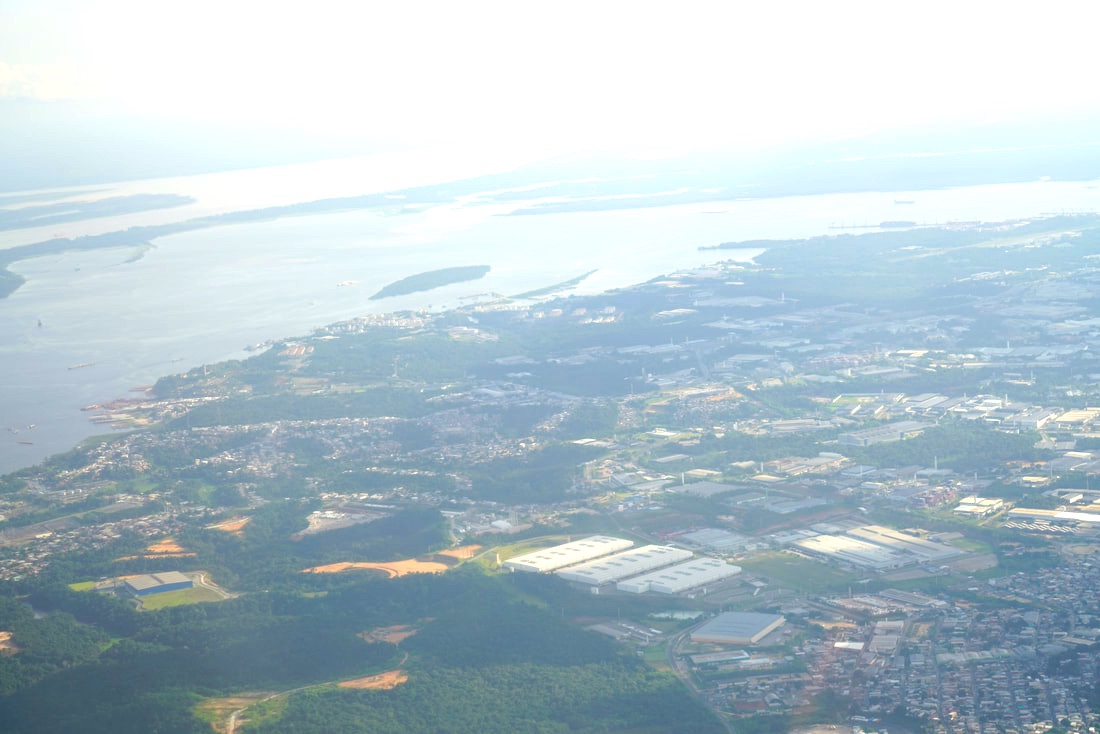
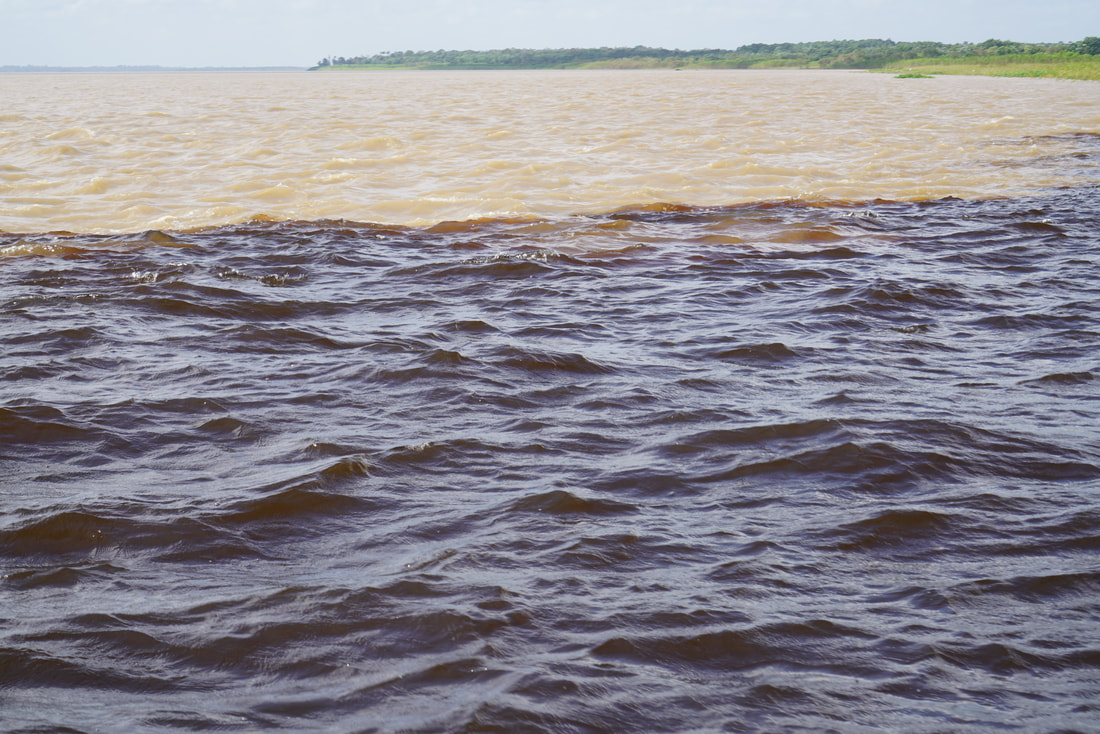
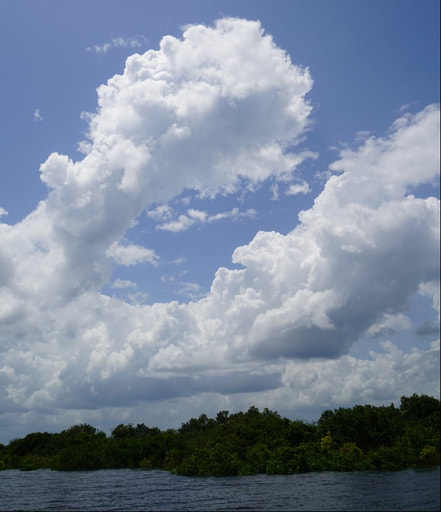
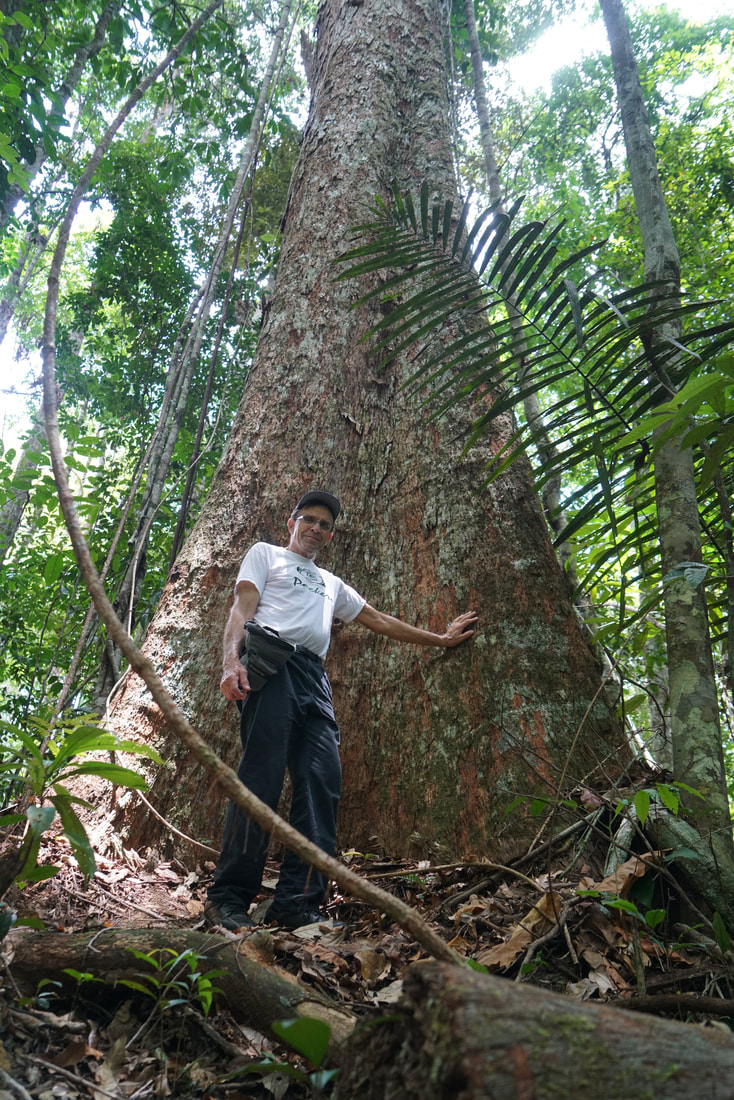
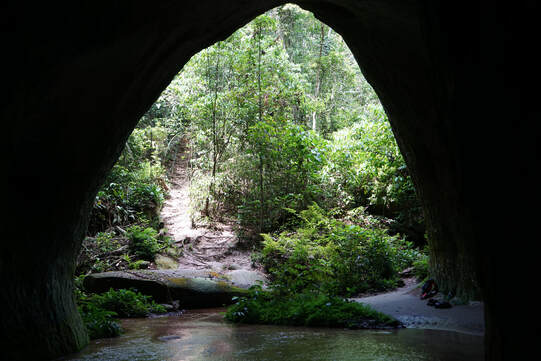

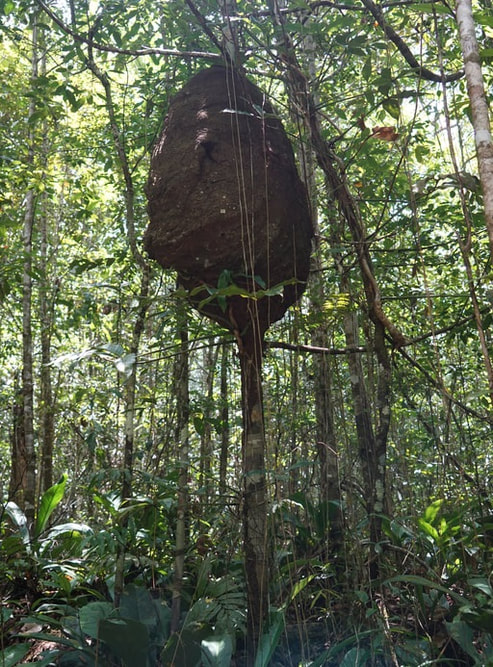
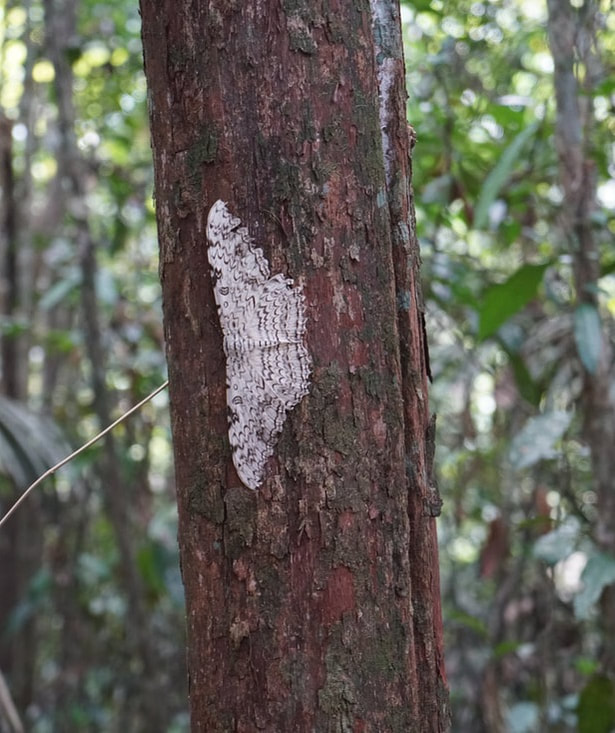
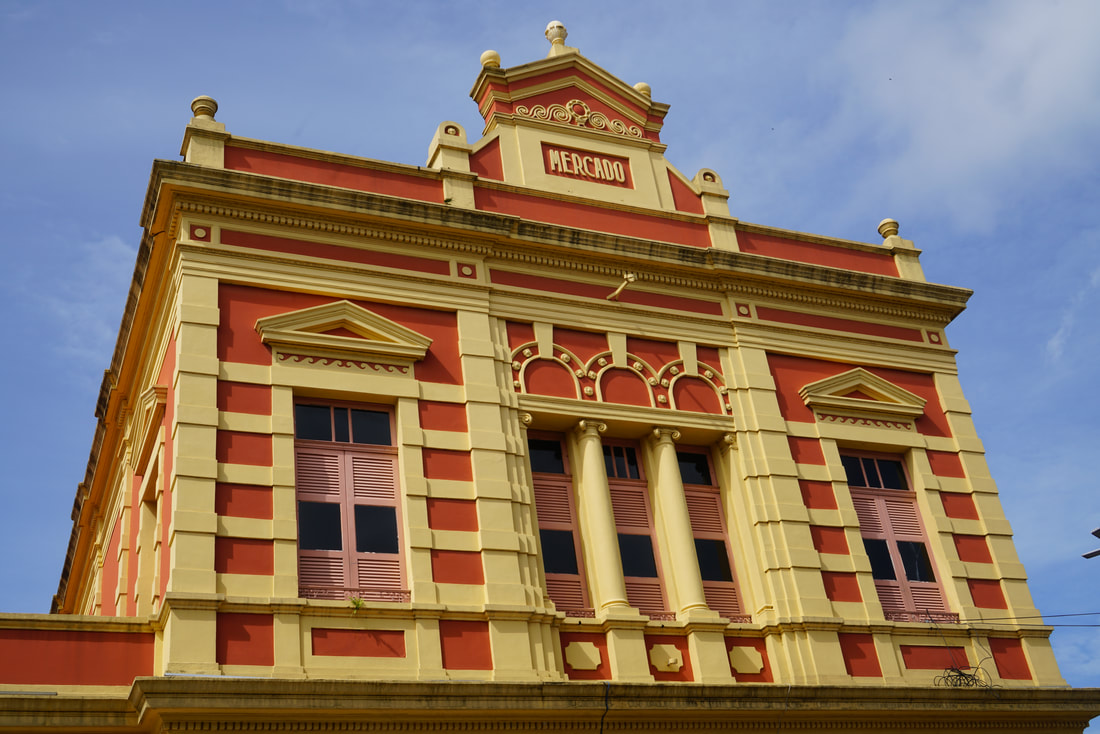
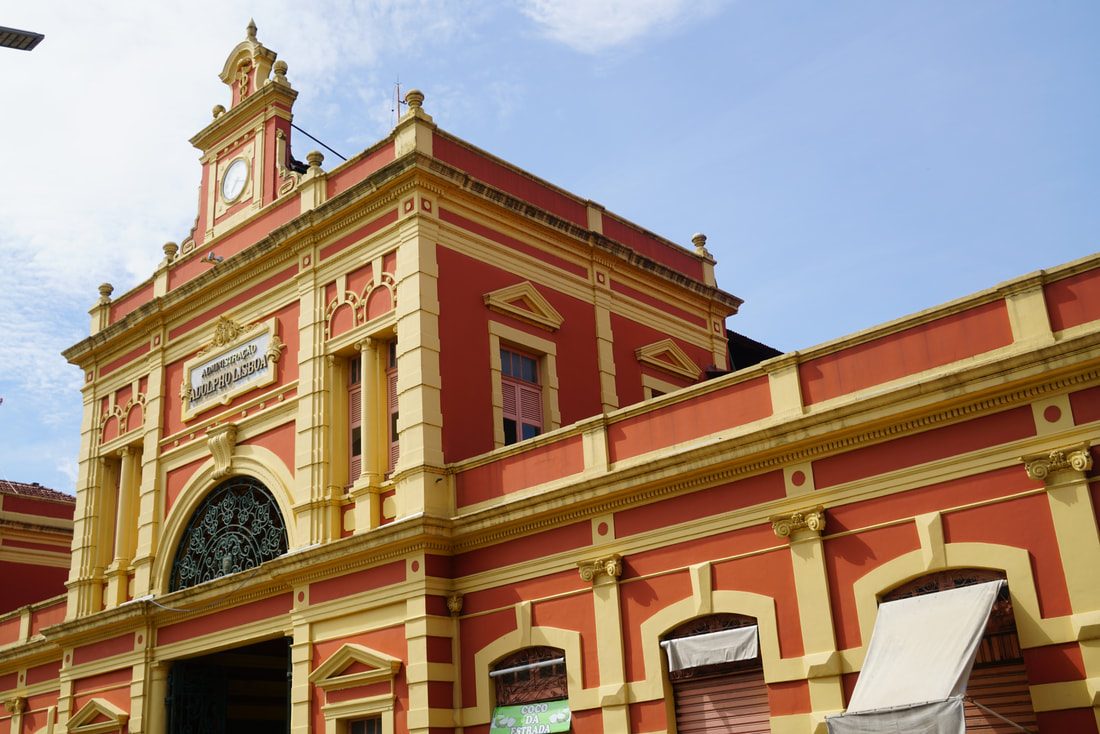

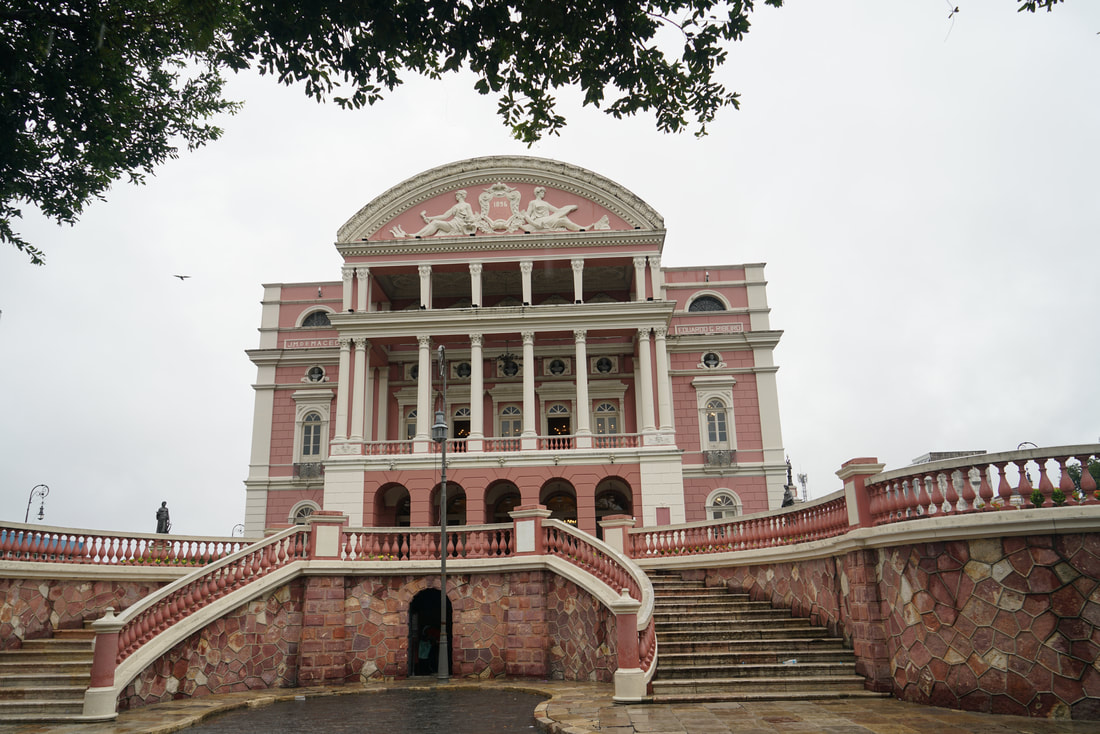


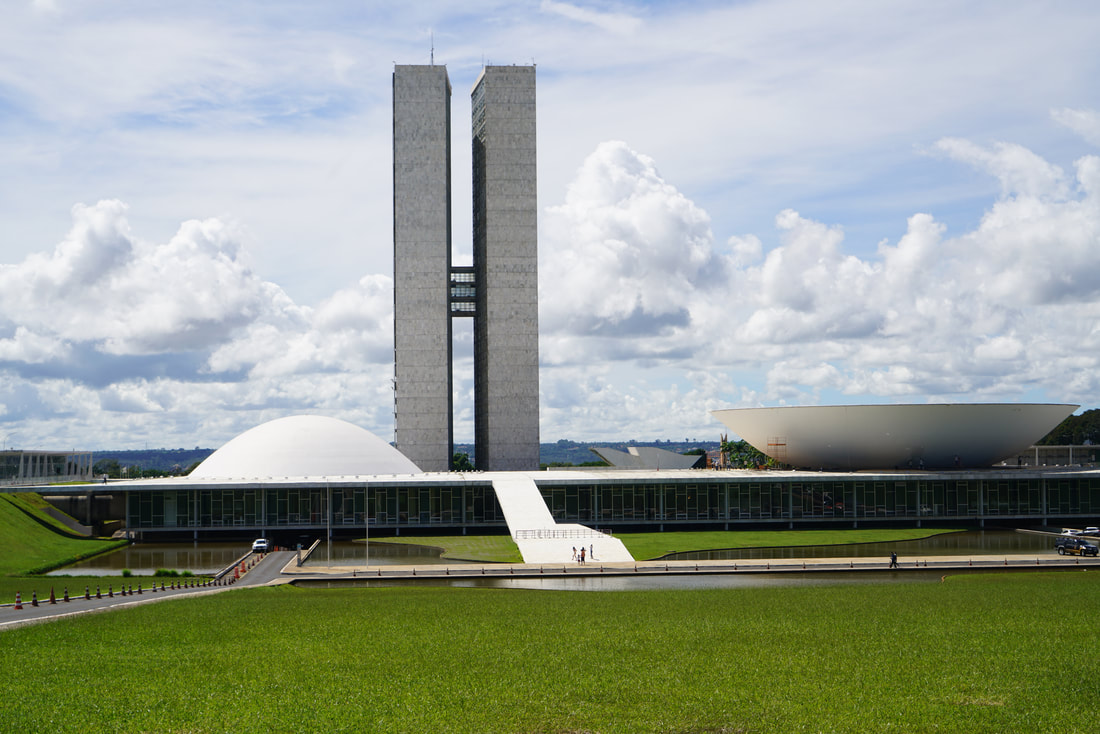
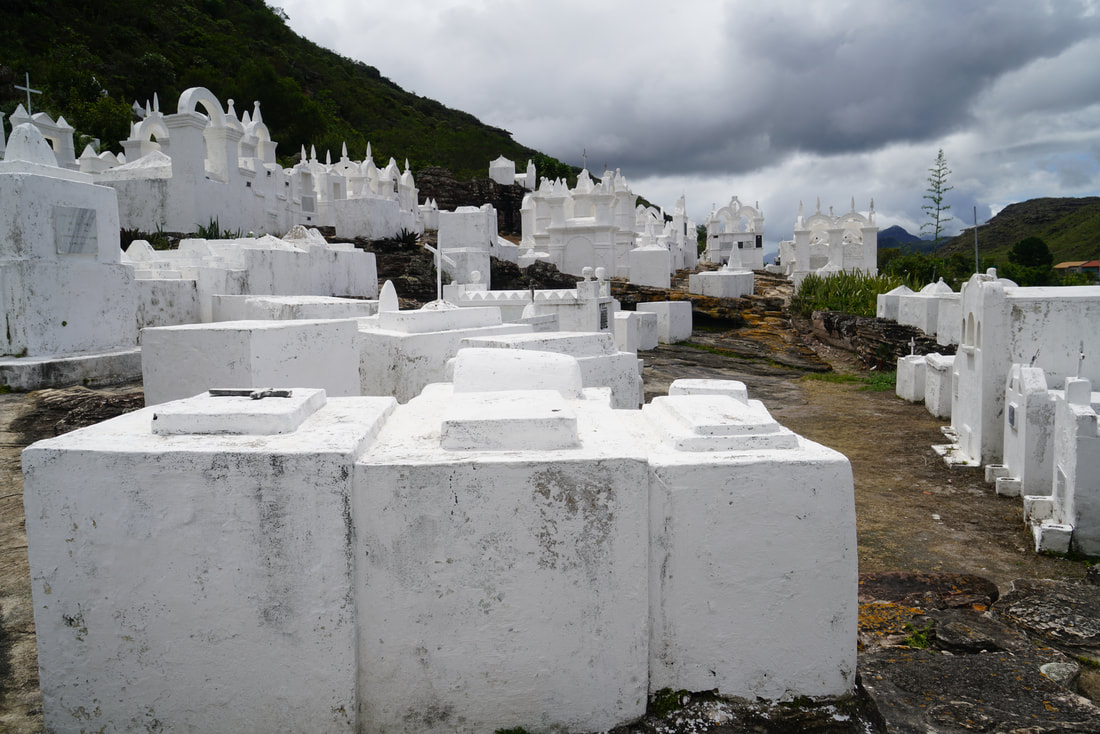
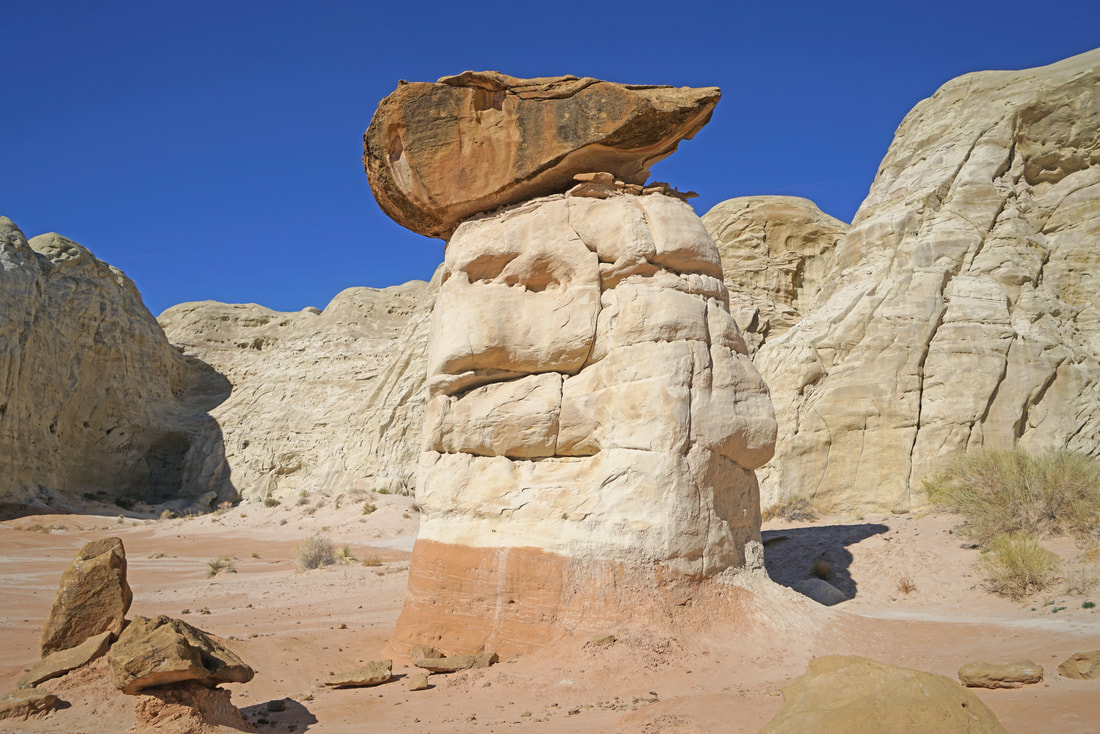
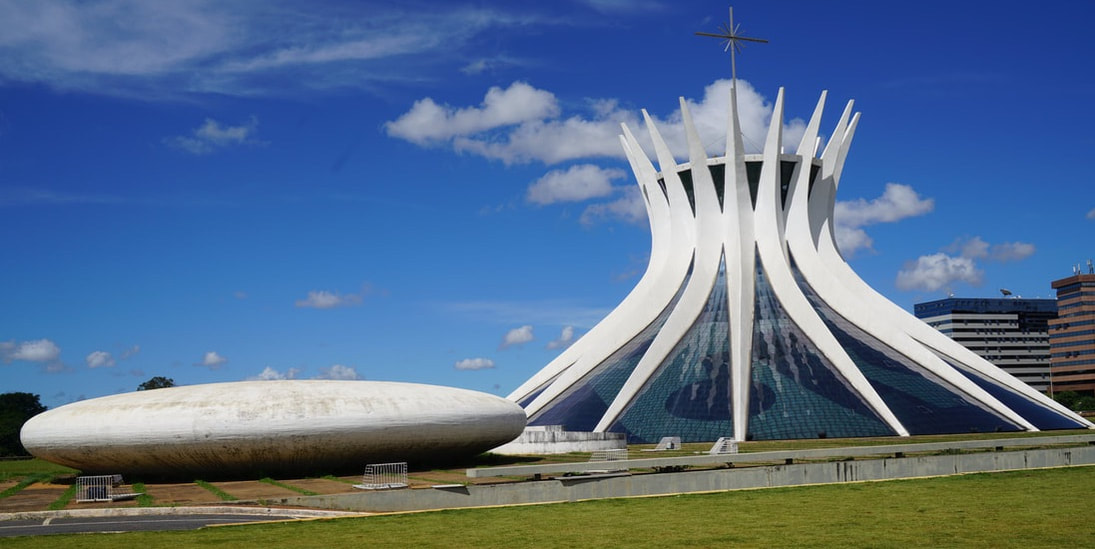
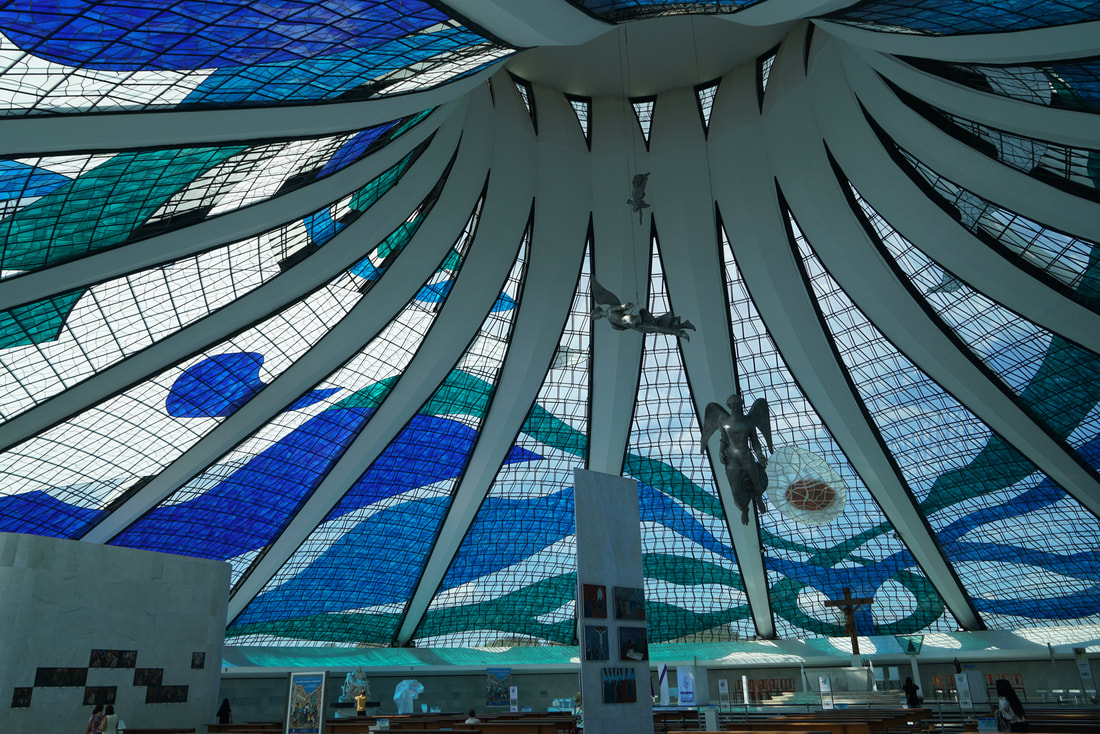
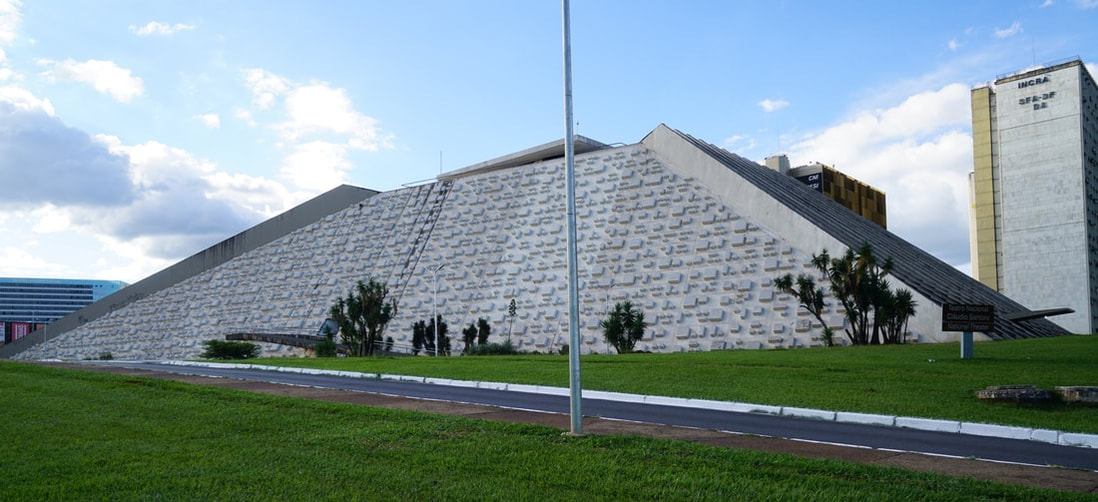
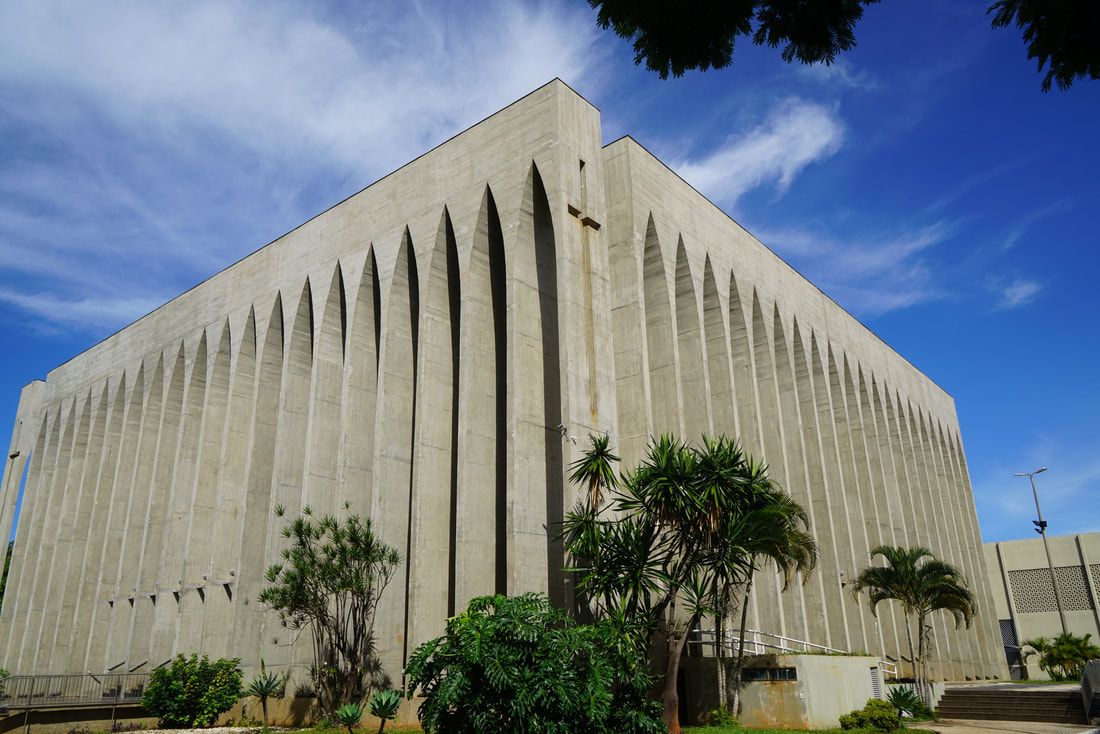
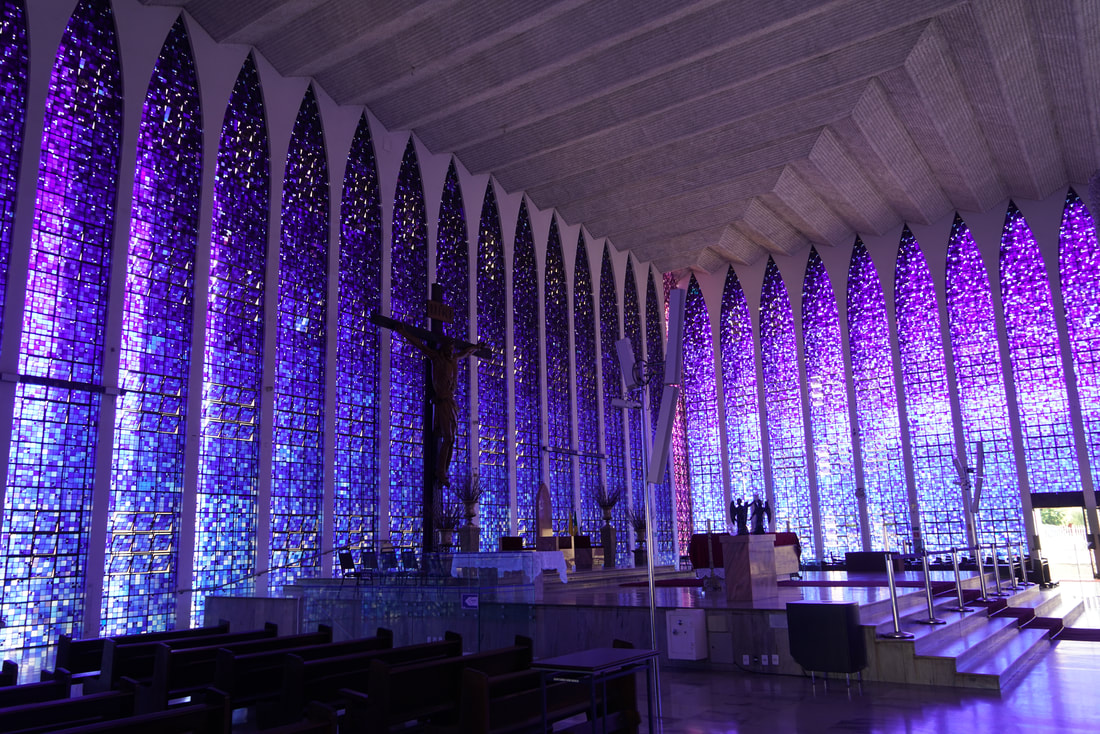
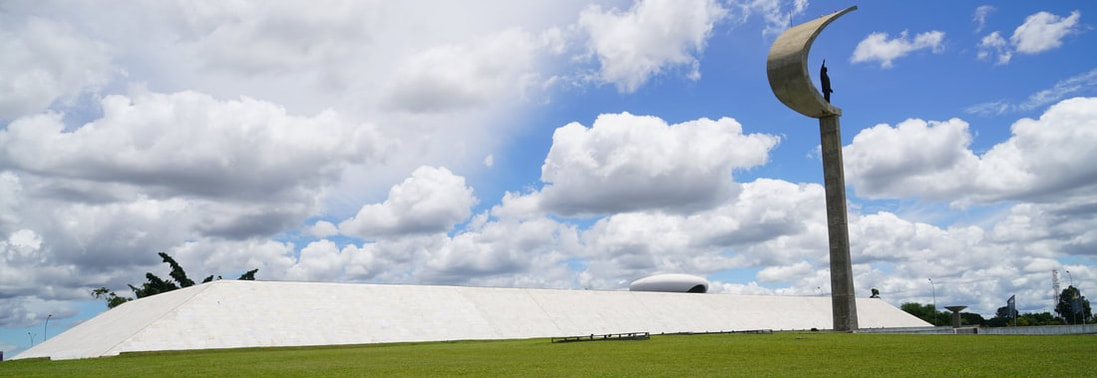

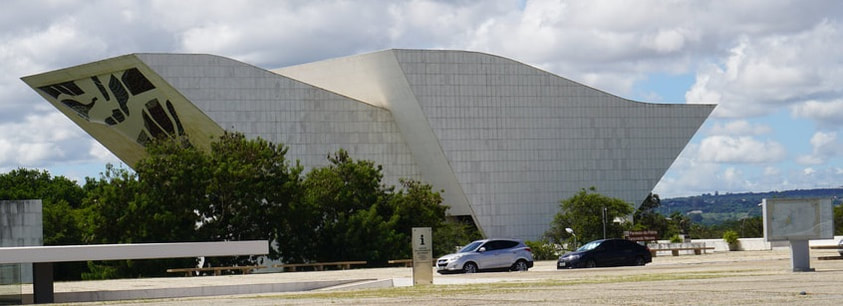
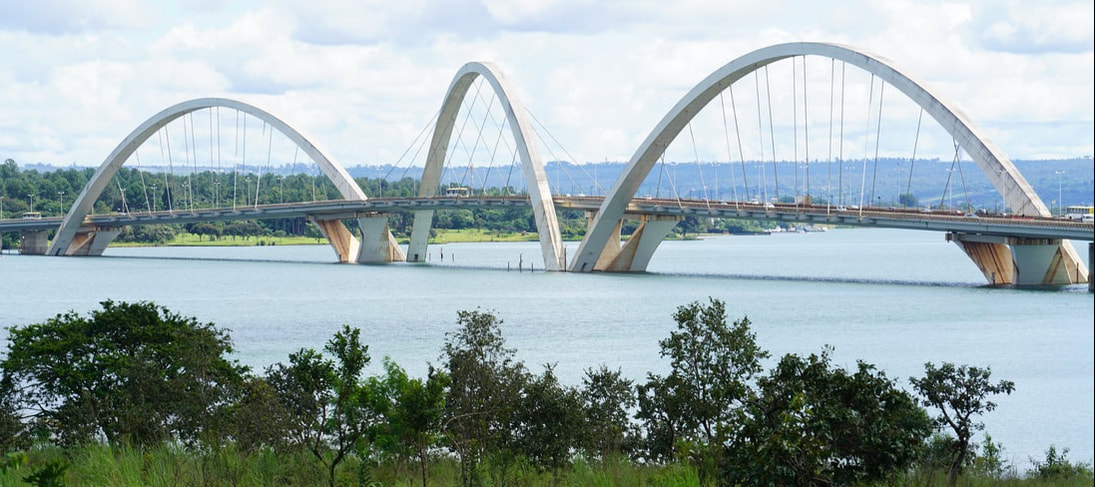
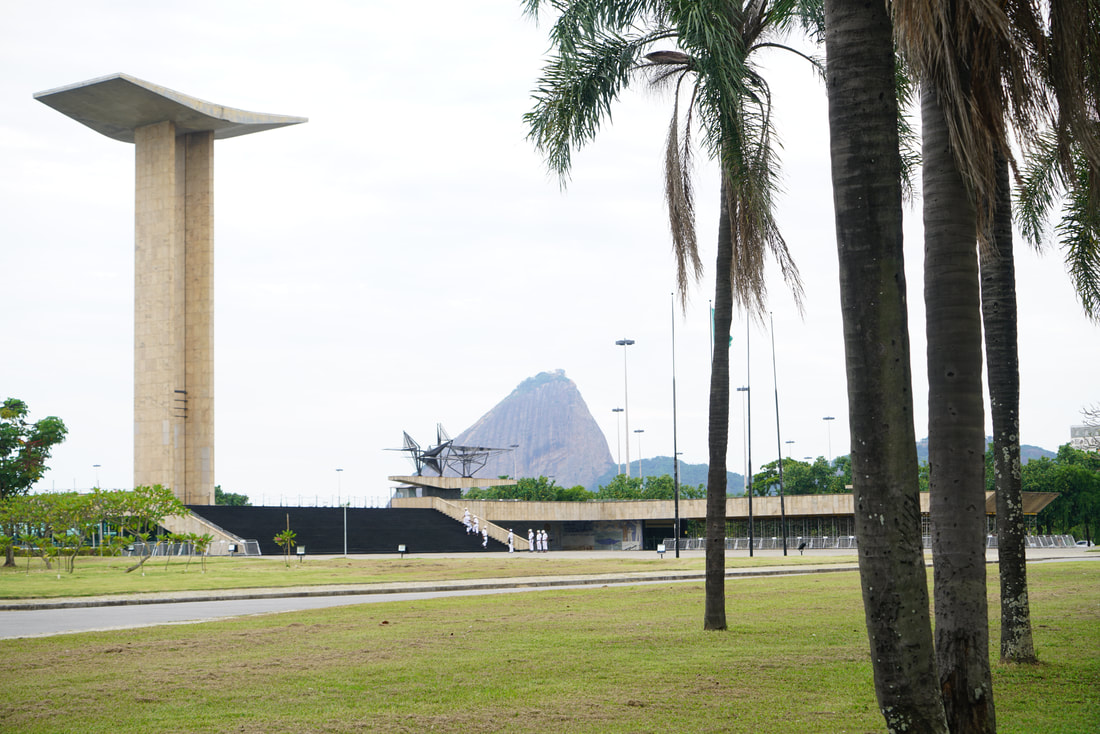

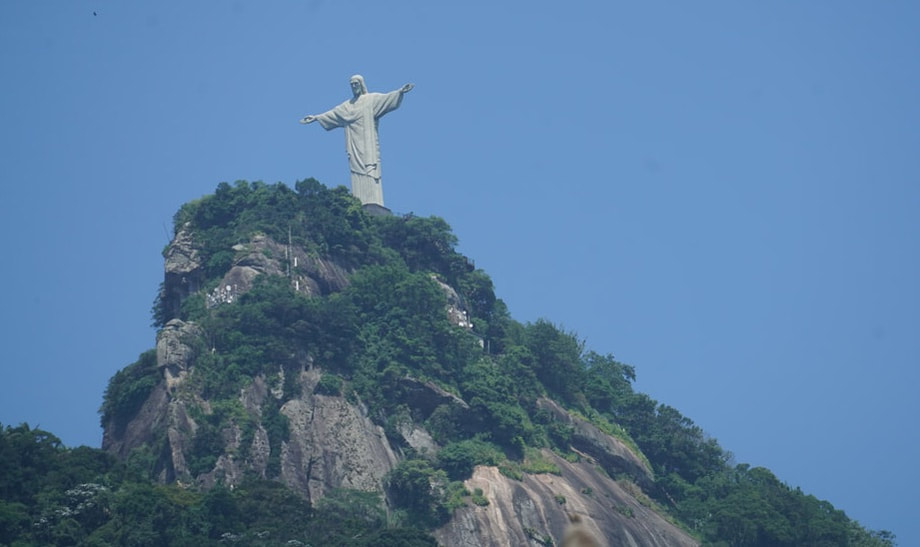
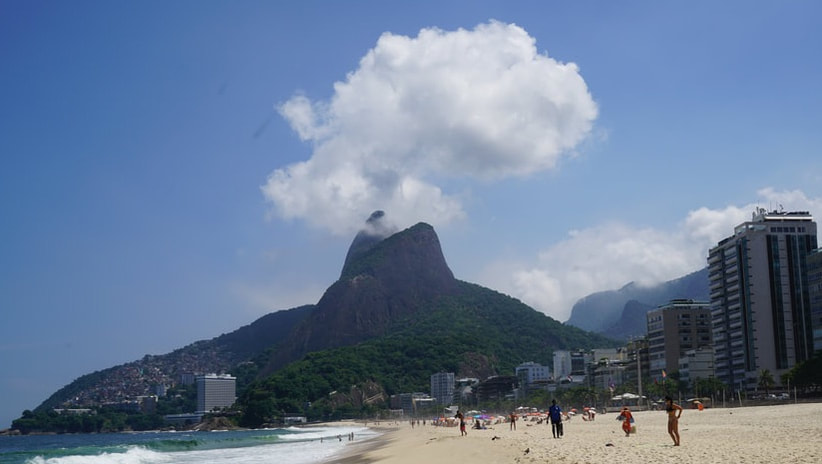

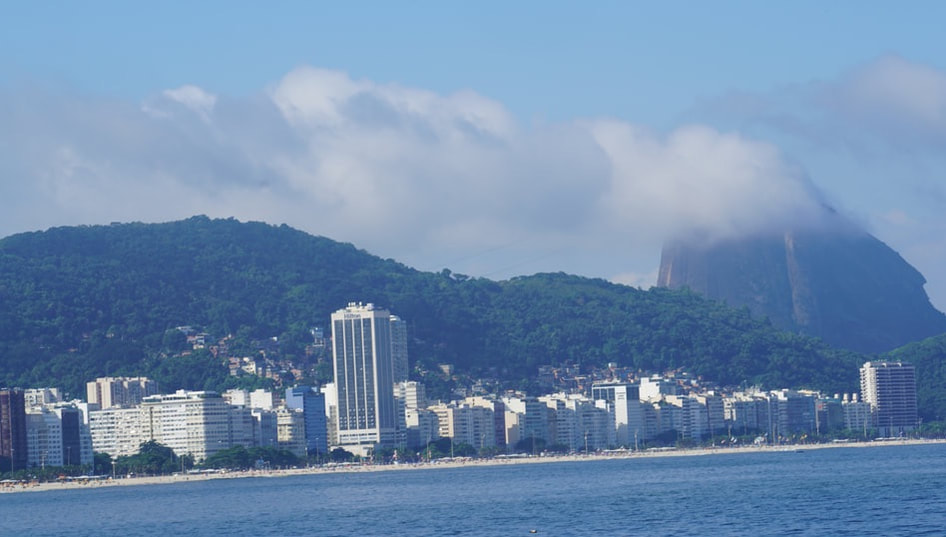

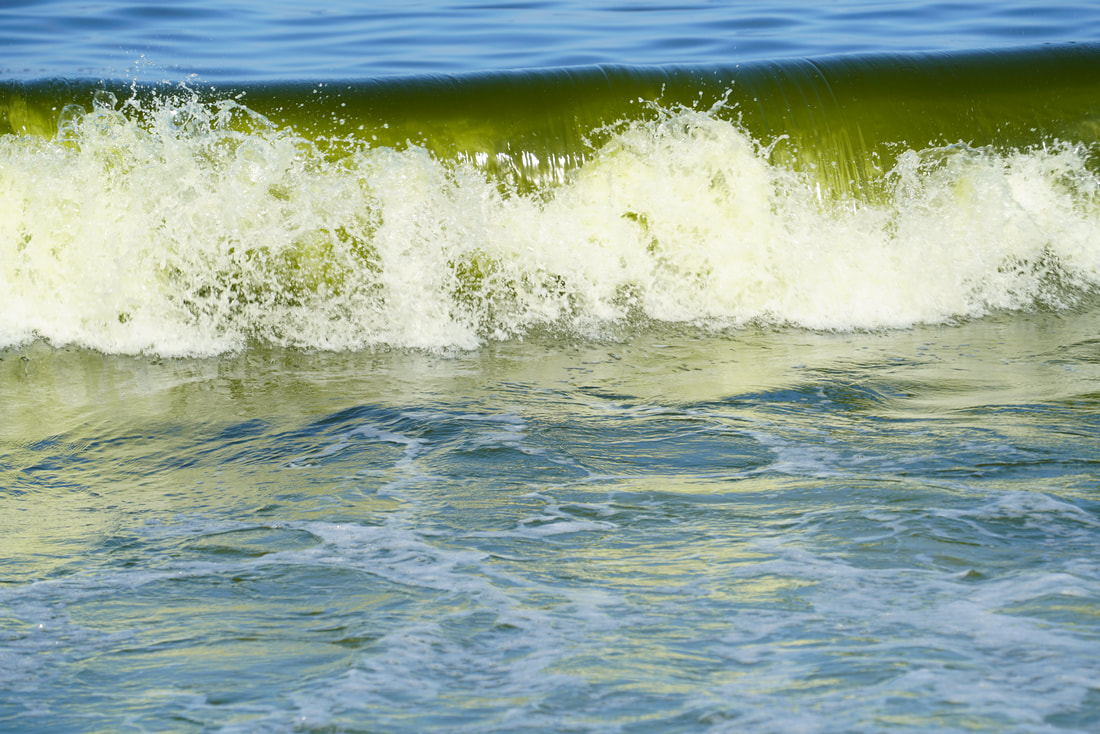
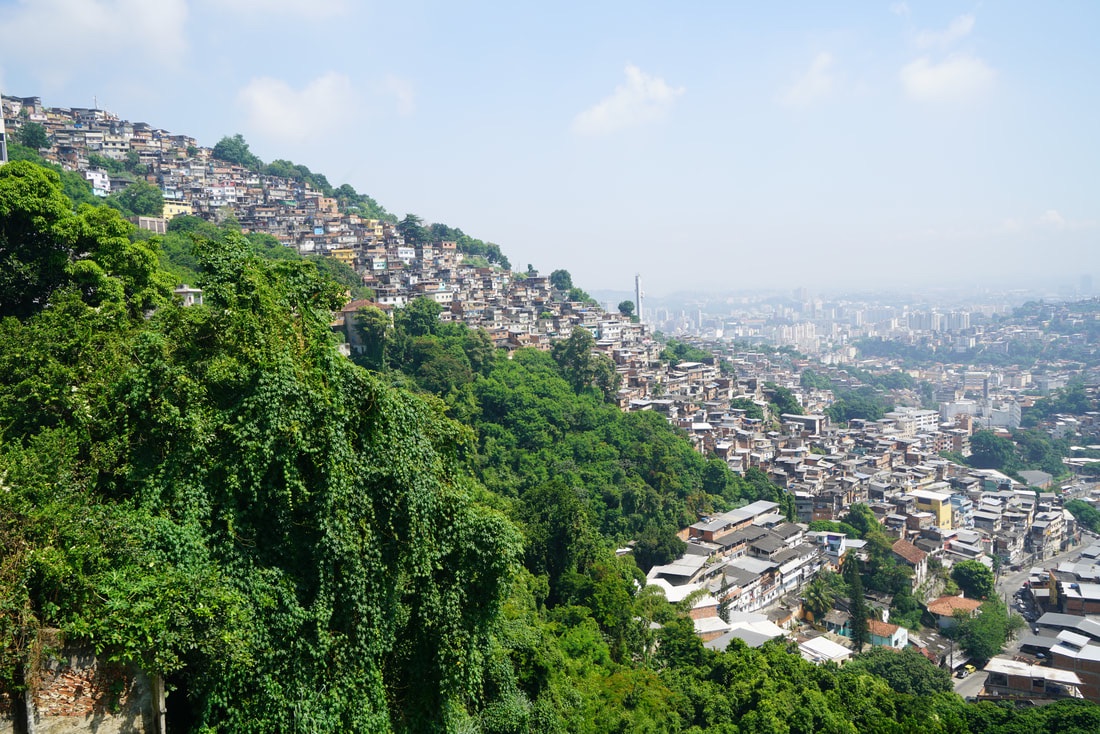
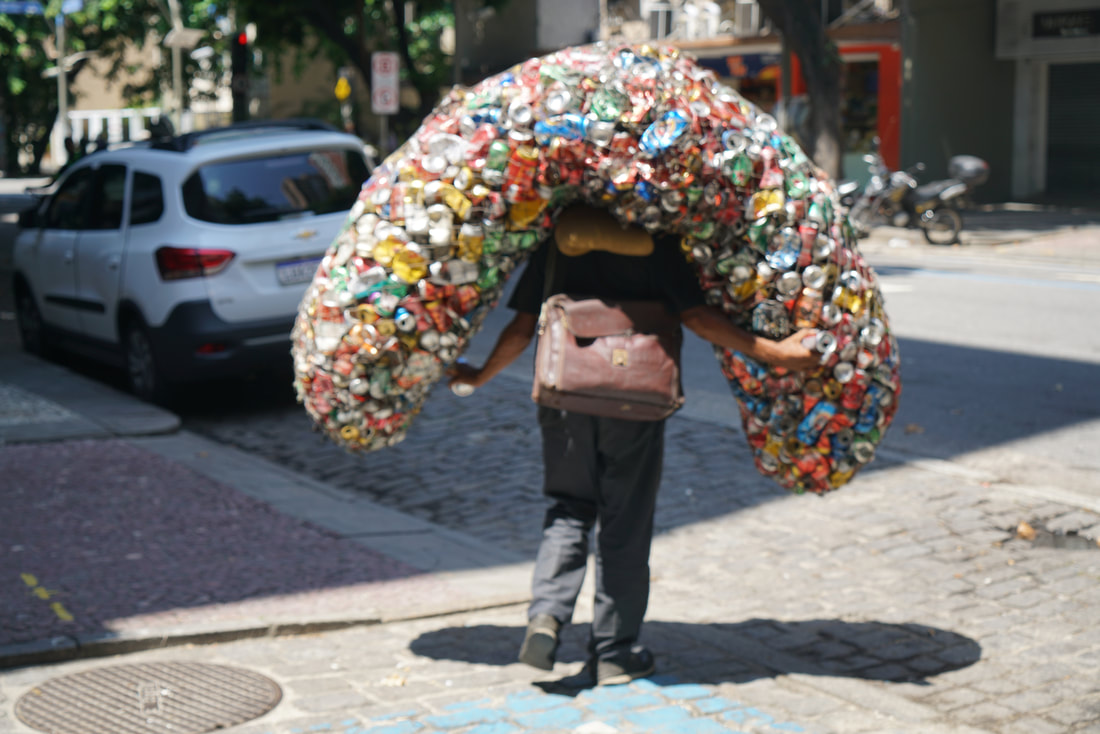
 RSS Feed
RSS Feed